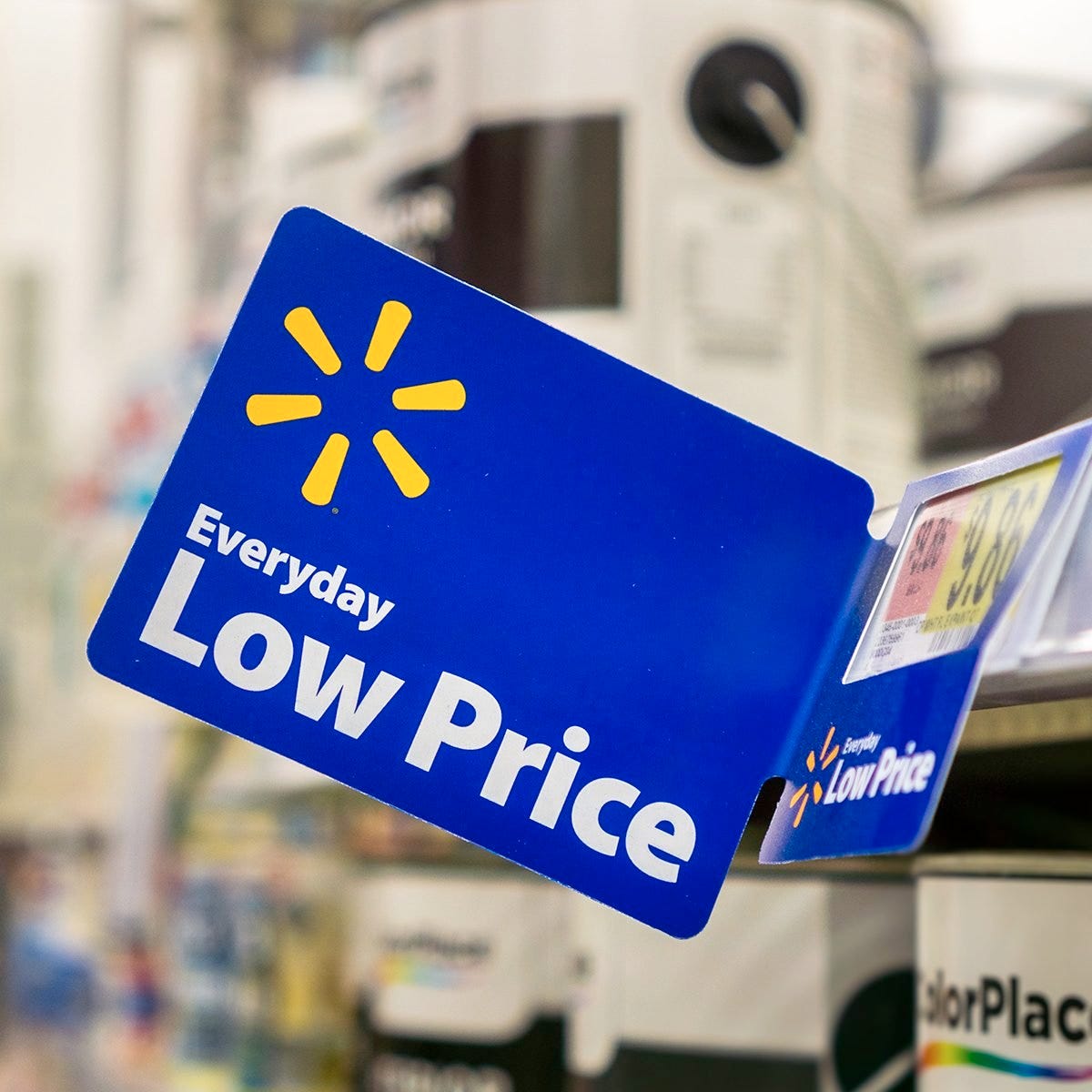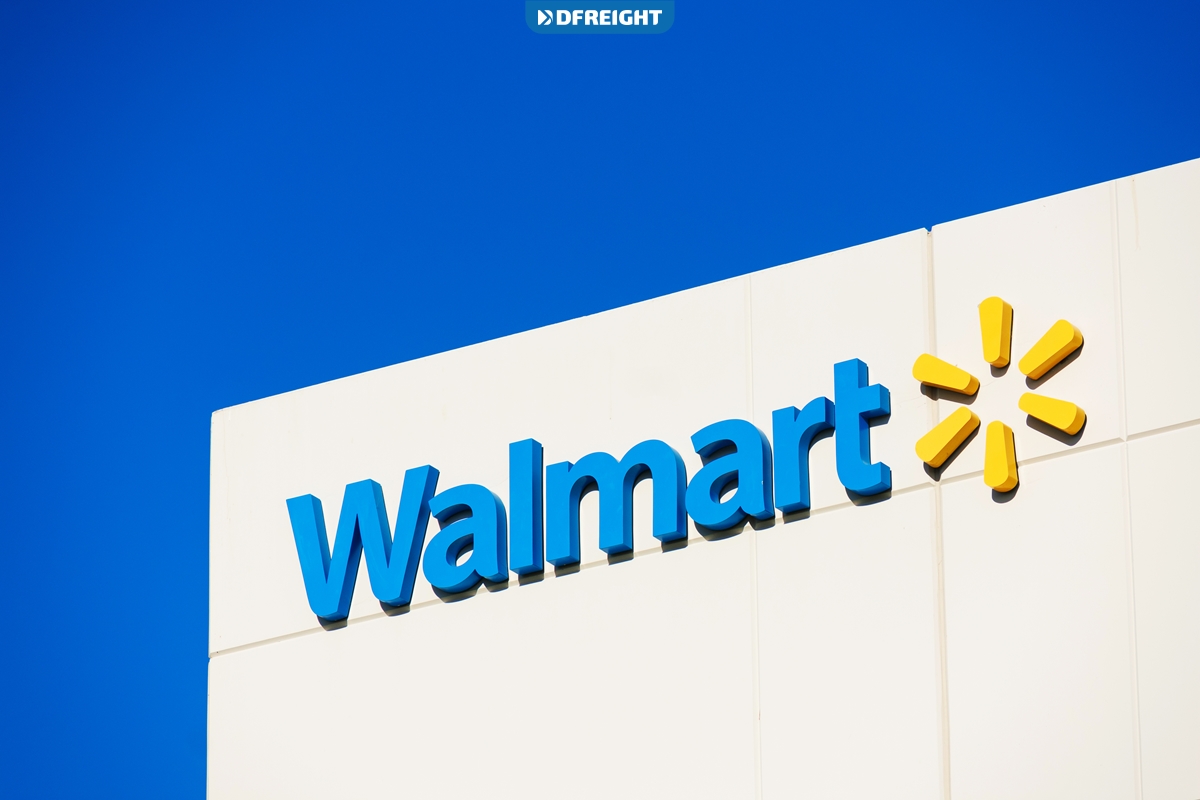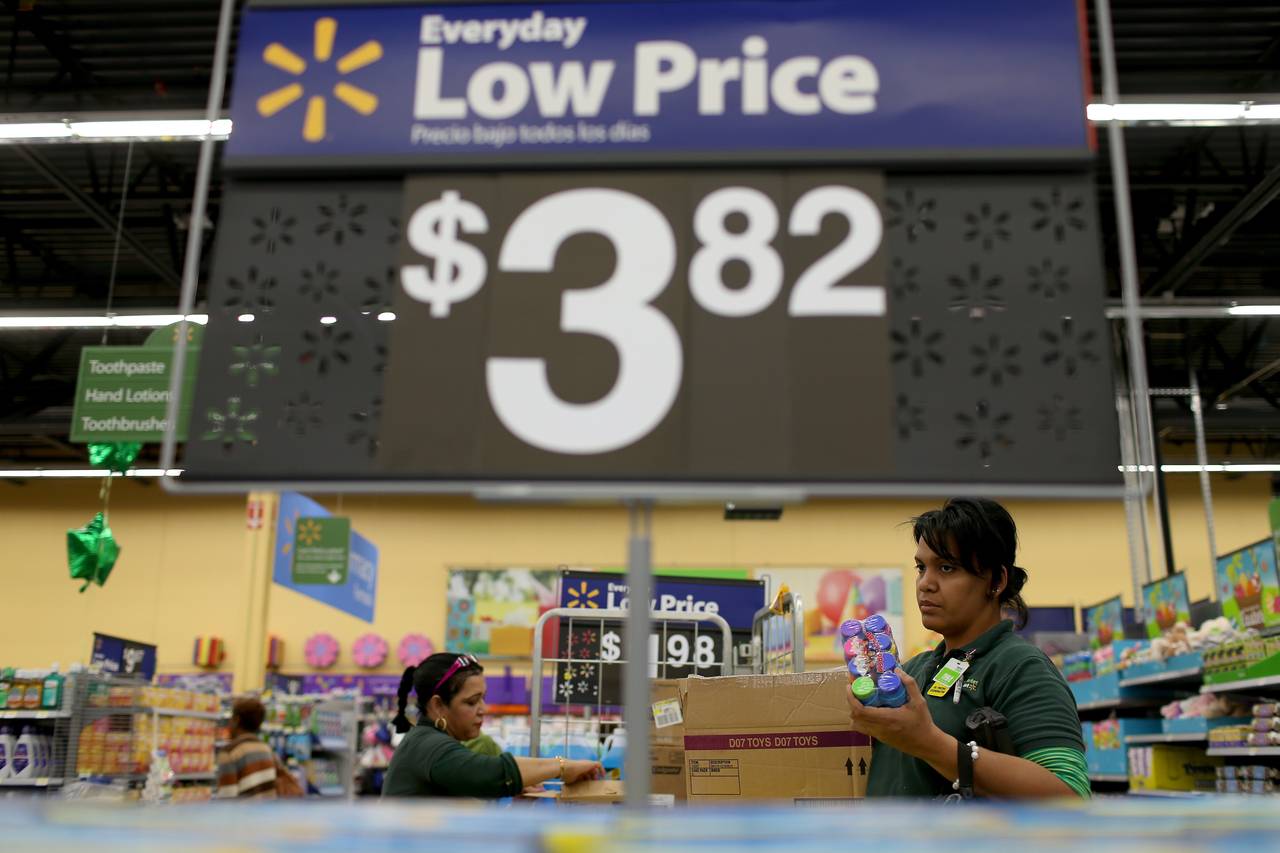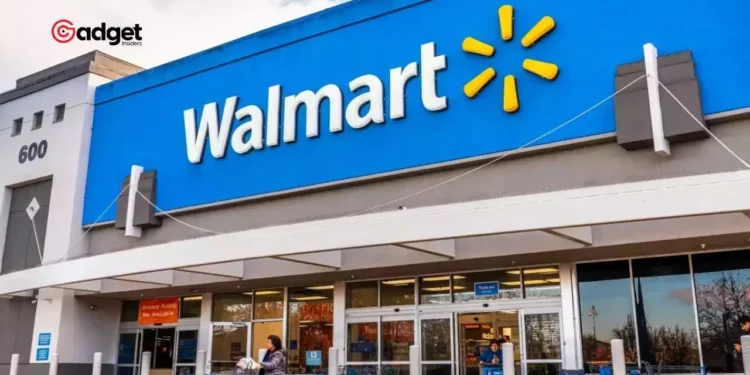As 2024 unfolds, the consumer goods sector experiences transformative shifts, reshaping the landscape of retail and dining with profound implications. Amidst this backdrop, former Walmart U.S. CEO Bill Simon has voiced critical observations on the current retail dynamics, particularly spotlighting Walmart’s strategic manoeuvres in response to changing consumer behaviours.

The Evolving Retail Landscape
The retail environment has been markedly influenced by the phenomenon known as “the great consolidation.” This trend has seen smaller, niche retailers and beloved legacy stores like Joann Fabrics, Party City, and Rue 21 lose their foothold, gradually disappearing from the commercial scene. Meanwhile, corporate giants have expanded, filling these vacated spaces with their larger operational scales.
This consolidation is partly attributed to the aftereffects of the COVID-19 pandemic, which accelerated the decline of indoor shopping malls. Post-pandemic economic conditions, marked by rising inflation, have altered consumer shopping habits significantly. Shoppers now gravitate towards discount and outlet stores, driven by newfound price sensitivity, a trend that starkly contrasts with the previous allure of traditional shopping hubs.

Walmart’s Price Strategy Amid Inflation
In an aggressive move to reclaim and expand its customer base, Walmart announced plans in March to slash food prices to levels seen before the inflation surge. John Furner, Walmart’s U.S. CEO, highlighted this strategy’s dual benefits:
“We see an even larger spread between eating at home and eating out, which we think can help Walmart over the remainder of the year.” This pricing strategy not only aims to alleviate the financial strain on consumers but also positions Walmart as a preferable shopping destination over dining out, which has become considerably more costly.
Interestingly, Walmart’s recent initiatives appear to be resonating well with consumers, particularly those from higher income brackets. John Rainey, Walmart’s CFO, noted a significant uptick in e-commerce patronage among customers with annual incomes exceeding $100,000, reflecting a 22% rise in sales from this demographic.
“We’re seeing higher engagement across income cohorts, with upper-income households continuing to account for the majority of the share gains,” Rainey added.
Skepticism from Former Leadership
Despite these positive indicators, Bill Simon, former Walmart U.S. CEO, expressed scepticism regarding the long-term sustainability of these trends. During a CNBC interview, Simon cautioned that the influx of higher-income customers might not be an unmitigated boon.
He argued that while Walmart excels in convenience, cost, and assortment, it lacks in premium service, which could become a more significant factor as economic conditions stabilize: “As the economic challenges abate, service will become more important than convenience and price. And, we’ll see a shift back of some of the consumers. That’s the bubble.”
Simon further critiqued the current narrative that company’s success is independent of inflation influences. Contrary to company claims of growth driven by unit sales and market share gains, Simon sees the ongoing food inflation as a temporary tailwind boosting traffic to stores.
“When inflation abates and service becomes more important than price, some of those tailwinds will become headwinds,” he predicted.

The Road Ahead
As Company celebrates robust earnings, with significant jumps in revenue and net income, the debate continues about the true drivers of this success and the potential challenges ahead. The conversation sparked by Simon’s comments highlights a critical junction for Walmart and similar retailers: Can they adapt to an evolving marketplace where service may weigh as heavily as price? As this retail saga unfolds, the strategies adopted by these corporate giants will likely set the course for the future of shopping in America.










